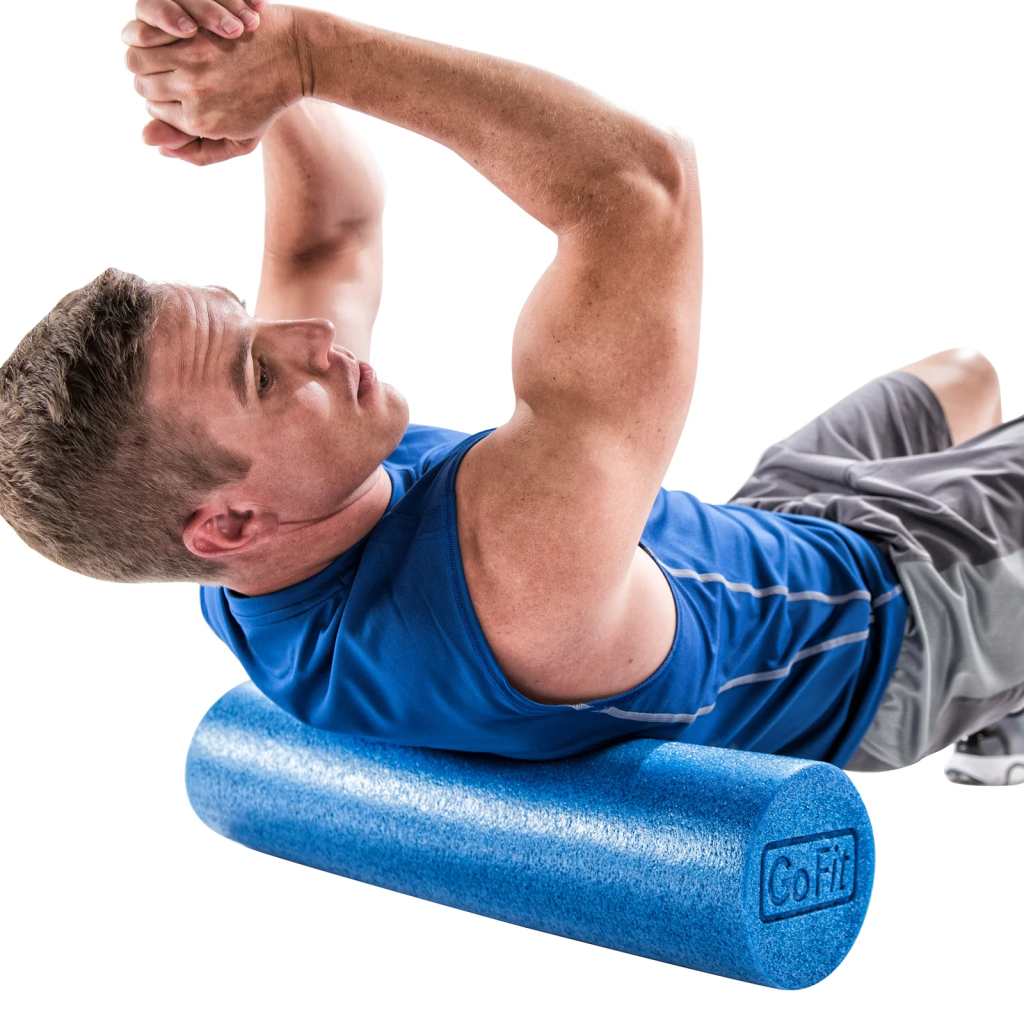
Foam rolling has quickly become a popular practice among athletes, fitness enthusiasts, and even casual gym-goers as a way to improve muscle flexibility, promote soft tissue recovery, and prevent injury. But what exactly happens to our muscles when we foam roll? In this article, we will dive into the science behind foam rolling and understand the physiological mechanisms that occur during this practice.
What is foam rolling?
First, let’s define what foam rolling is. Foam rolling is a self-myofascial release (SMR) technique that involves using a foam roller, a cylinder-shaped tool made of dense foam, to apply pressure to specific areas of the body. The goal is to release muscle tension and knots, also known as trigger points, that can cause pain and discomfort, limit range of motion, and increase the risk of injury.
When we exercise, our muscles undergo stress and tension, which can lead to micro-tears and inflammation. Foam rolling can stimulate blood flow to the area and help flush out metabolic waste, allowing the muscles to recover faster and perform better. Foam rolling can also increase joint flexibility, improve posture, and reduce muscle soreness after a workout.
The science behind foam rolling
To understand the science behind foam rolling, we need to look at the anatomy and physiology of our muscles and connective tissues. Our muscles are surrounded by a layer of connective tissue called fascia, which provides support and protection to the muscles and organs.
Trigger points are specific areas of tightness and tension within the fascia that can cause referred pain, muscle weakness, and limited range of motion. Trigger points can form when there is an imbalance between the amount of stress and tension placed on the muscle fibers and the body’s ability to recover and repair.
When we foam roll, we apply pressure to the trigger points, which can help break down the adhesions and scar tissue within the fascia. This pressure can also stimulate the Golgi tendon organs, which are sensory receptors located within the tendons that detect changes in muscle tension.
Foam rolling can also increase blood flow to the area, which can help deliver oxygen and nutrients to the muscle fibers and remove metabolic waste products such as lactic acid. This increased blood flow can also promote the release of endorphins, natural pain-relieving chemicals produced by the body.
Foam rolling can also improve muscle flexibility and joint range of motion by stretching the fascia and breaking down adhesions. When we stretch, we lengthen the muscle fibers and increase the distance between the muscle attachments, allowing for a greater range of motion. Foam rolling can also help improve posture by releasing tension in the muscles and fascia, allowing for proper alignment of the spine and pelvis.
Types of foam rolling techniques
Foam rolling can be performed on various muscle groups, including the quadriceps, hamstrings, calves, back, and shoulders. There are different foam rolling techniques that can target specific muscle groups and areas of tension.
The most common foam rolling technique is static rolling, which involves applying pressure to a specific area of the body and holding it for 30-60 seconds. This technique can help release tension and knots in the muscles and fascia.
Another foam rolling technique is dynamic rolling, which involves rolling back and forth over the foam roller while applying pressure. This technique can help improve joint mobility and increase blood flow to the area.
There is also a technique called trigger point release, which involves locating specific trigger points and applying pressure to them for 10-15 seconds. This technique can help release tension and promote relaxation in the muscles.
Conclusion
In conclusion, foam rolling is a useful tool for improving muscle flexibility, promoting soft tissue recovery, and preventing injury. The science behind foam rolling involves breaking down adhesions and scar tissue within the fascia, stimulating the Golgi tendon organs, increasing blood flow to the area, and promoting relaxation and pain relief.

